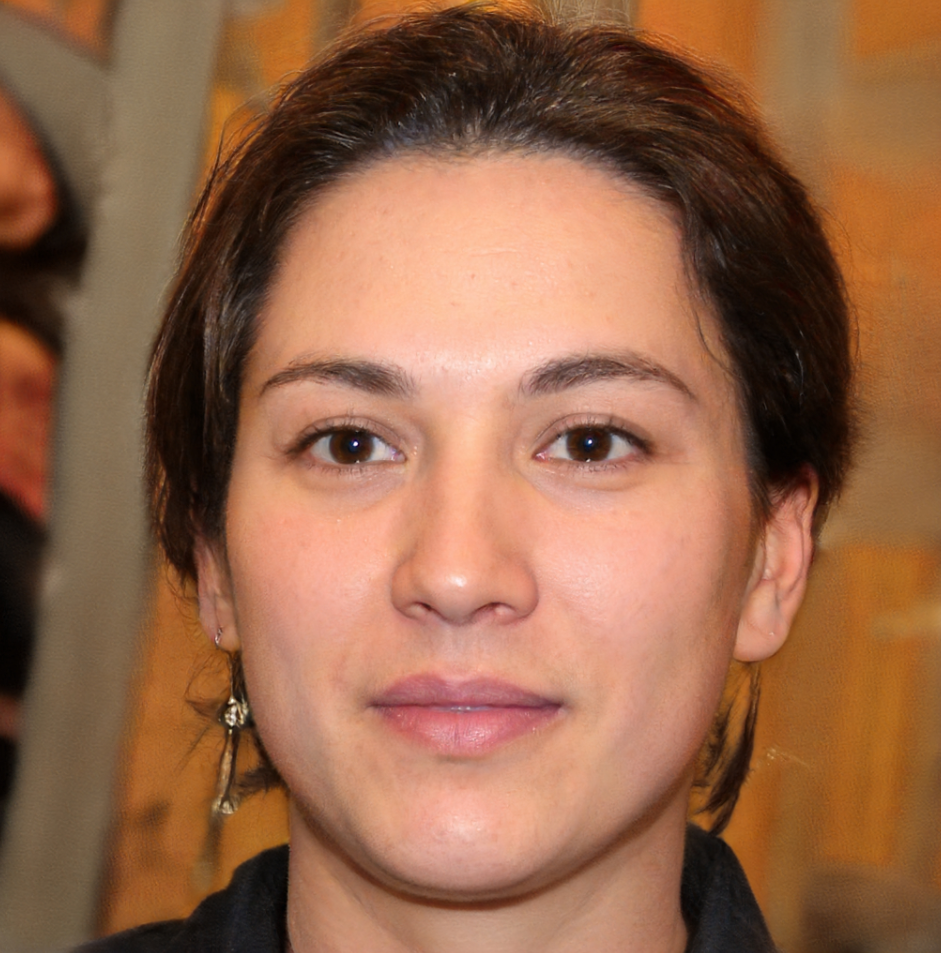Permanent Hair transplant - Procedure, Types, side effects, before and after results and recovery
112,474 View
Share this Video
- Publish Date:
- 27 January, 2023
- Category:
- Hair Loss
- Video License
- Standard License
- Imported From:
- Youtube
Tags
Permanent Hair transplant - Procedure, Types, side effects, before and after results and recovery
📌𝐅𝐨𝐥𝐥𝐨𝐰 𝐨𝐧 𝐈𝐧𝐬𝐭𝐚𝐠𝐫𝐚𝐦 :- https://www.instagram.com/drgbhanuprakash
Hair transplants aim to restore hair growth to areas of the scalp with limited or absent growth. They are effective treatments for many types of hair loss, but they cannot stop future hair loss. For lasting results, people may need follow-up transplants.
Hair loss and thinning hair are a normal part of aging, but they can also occur due to a medical condition or trauma to the scalp. Some people who experience hair loss may choose to have a hair transplant for cosmetic or reconstructive reasons.
Types of hair transplant
---------------------------------------
During a hair transplant, a surgeon removes follicles from a dense area of hair, such as the back of the head, which they will refer to as the donor area. They then implant the follicles into tiny slits on the affected area of the scalp.
There are two main types of hair transplant:
Follicular unit strip surgery (FUSS). The surgeon will remove a strip of skin from the donor area and close the incision with stitches. They will then use a microscope to separate the donor skin into tiny follicular units that contain one or several hair follicles and insert these units into the desired area.
Follicular unit extraction (FUE). The surgeon will use a tiny punch tool to remove follicles from the donor area. Although this procedure will still lead to some scarring, it may be less noticeable, and the person will not usually require stitches.
Both techniques are effective, but they can achieve different results in some cases. The authors of a 2019 article state that FUE requires more skill and takes longer than FUSS, but they note that FUE can produce great results if the surgeon has plenty of experience in the technique.
In most cases, surgeons use the side or back of the head as the donor area. However, taking skin from the chin, back, or chest can also prove effective. Using body hair may be helpful for people who do not have thick hair on the back or sides of their head.
Some researchTrusted Source suggests that taking body or beard hair is more time consuming and requires more skill than using scalp hair. However, another studyTrusted Source reports that the body and beard can be an “excellent source” of donor hair for hair transplants.
Each procedure takes several hours, depending on how many follicles the surgeon implants, and both involve a local anesthetic. Usually, a person will be able to go home on the day of the treatment.
Expectations and Recovery
--------------------------------------------
After the surgery, your scalp may be very tender. You may need to take pain medications for several days. Your surgeon will have you wear bandages over your scalp for at least a day or two. They may also prescribe an antibiotic or an anti-inflammatory drug for you to take for several days. Most people are able to return to work 2 to 5 days after the operation.
Within 2 to 3 weeks after surgery, the transplanted hair will fall out, but you should start to notice new growth within a few months. Most people will see 60% of new hair growth after 6 to 9 months. Some surgeons prescribe the hair-growing drug minoxidil (Rogaine) to improve hair growth after transplantation, but it’s not clear how well it works.
Side effects
-------------------
The ASPS say that hair transplants are generally safe when a qualified, experienced surgeon performs them. However, even with successful hair transplants, some side effects can happen.
Infection or bleeding
Hair transplants involve making cuts or incisions in the skin. A surgeon makes an incision to remove the donor follicles, and they make tiny incisions on the scalp in which to place the follicles. With any incision, there is a risk of infection or excessive bleeding.
Scars
There is also a risk of scarring on both the donor area and the area of the transplant. A person should speak with their surgeon about these risks before they decide to have the procedure.
The FUSS method usually leaves a long, linear scar where the surgeon removed a strip of the scalp. This scar may become camouflaged as new hair grows in around it. It may, however, be visible if it becomes widened during healing, the surrounding hair is thin, or the person wears it short in style.
The FUE method may also leave some scars in the area where the surgeon removed the follicles with the punch tool. However, these scars may not be as large as the scar from FUSS.
In some cases, a person may have raised bumps around the transplanted hair. As the hair grows back, it may hide these bumps.
Pain and swelling
Some people may experience pain as their skin heals after the procedure. Their surgeon may provide them with pain relievers to help with this. They may also have some swelling in the head and face as the skin heals.
#permanenthairtransplant #hairtransplant #hairtransplantsideeffects














